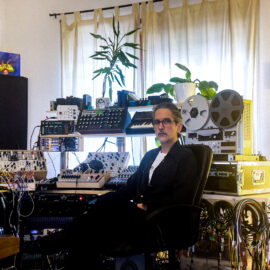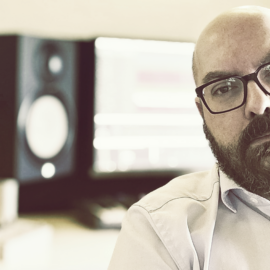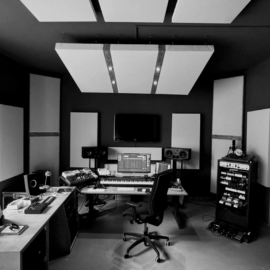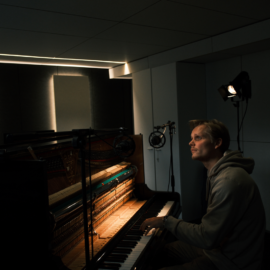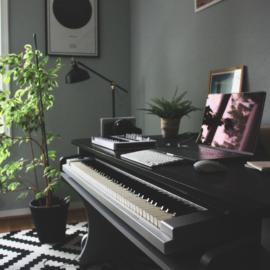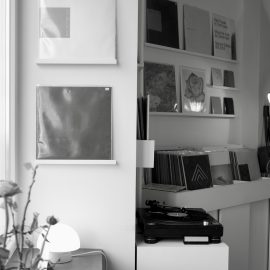Let’s start at the very beginning. Can you tell us how you got involved in composing, and what was your very first piece of gear?
I started studying music very young, about 5 – 6 years old, but began putting musical ideas together when I was probably around 10. My main instrument then was the trumpet but getting a piano into the home around that time really sparked my compositional interest. My first electronic instrument was a Roland JX-3P.
How many different studio iterations have you gone through, and what does your final setup look like right now?
I can’t really remember how many iterations I’ve gone through, and to be honest, it’s constantly evolving, so it’s hard to say where one iteration starts and another one ends. What complicates things further is that I have a few studios in LA and Iceland. Most of them have a core setup that’s mirrored, largely for composing TV and film soundtracks, but my “laboratory” is the one here in Akureyri.
Tell us about your favorite piece of hardware.
That’s a tough one…! I think it would be between the amazing Korg PS3100, my Steinway B, and the window in my studio overlooking the fjord!
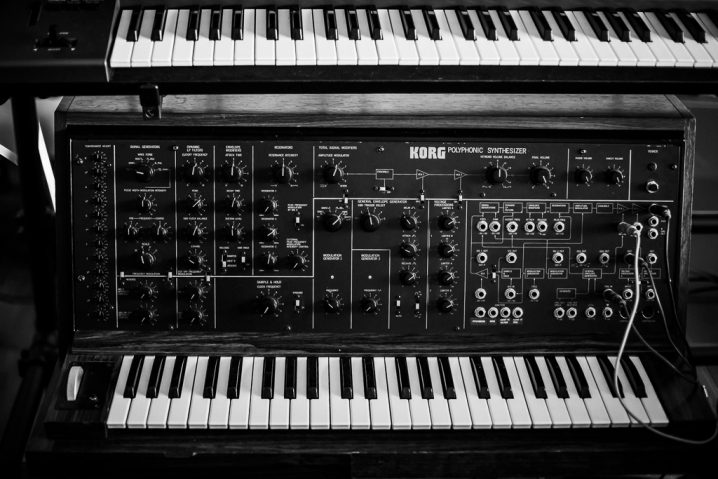
And what about the software that you use for production?
My main program for composing and producing is Cubase, but I also use Protools for audio and mixing, and Ableton Live, mostly for sound design and live work.
Is there a particular piece of gear that you’re just dying to get your hands on, and do you think one day you’ll have it?
There are too many!! I guess one thing I’ve never really ventured into is modular synthesis, and I have a feeling that’s a wormhole which I’ll inevitably get sucked into…
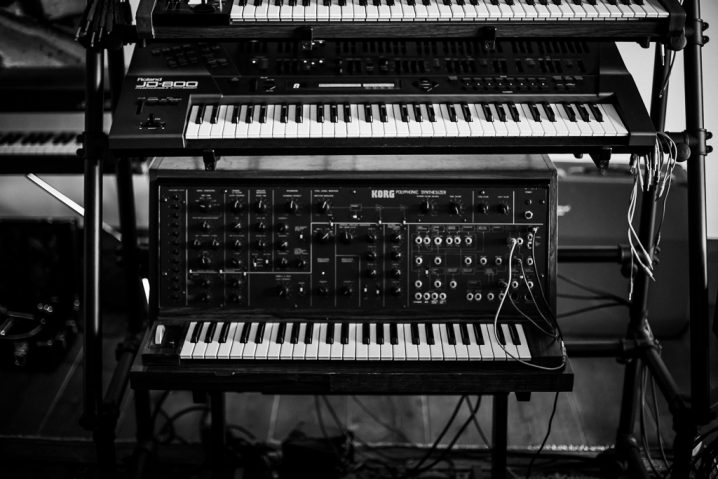
Can you please share some aspects of sound design in your work?
At the beginning of a project, I spend a lot of time making sounds, and lately, I’ve been leaning a lot on sculpting sounds by running synths and my pianos through effect pedals. Of course, I use all kinds of audio plugins as well, but there’s something a bit more satisfying about having knobs to fiddle with!
Any particular new techniques that you tried out for your new album?
My friend Sindri Már Sigfússon (Sin Fang) turned me on to some really cool plugins from Puremagnetik, which I used quite a bit on the album. Other than that, it’s mostly hardware synths and pedals.

What does your live setup look like, and what do you bring with you when you travel for an extensive tour?
To be honest, it’s been a very long time since I’ve properly been on tour! However, once COVID is under better control, I hope to go out and promote my album You Are Here a bit, and the live setup will probably just be a laptop and a piano.
What is the most important environmental aspect of your current workspace, and what would be a particular element that you would improve on?
Again, I’d have to single out the window and the view. I find it incredibly inspiring, and I’ve always felt that daylight is important for maintaining a bit of mental health! The one element I really need to work on in the studio is seating for musicians/collaborators/clients, as cool as the Barcelona chairs are, I still haven’t found the perfect solution for that.

What can you tell us about your overall process of composition? How are the ideas born, where do they mature, and when do they finally see the light?
It really depends on the project. Sometimes it’s melodies or textures that pop into my head, sometimes it’s noodling on the piano or the sequencer, and sometimes it’s literally some sort of a synth/sound design jam which I then try to make sense of later. I just find that generally, ideas need time to mature, or perhaps it’s my perception and experiencing the ideas that need time. I tend to be working on many projects simultaneously and find that jumping between them works really for me. I think it’s also a better use of time because that way, I have a fresher perspective for more hours in the day rather than trying to finish things up in one sitting. Coming back to things with a fresh mind is key.
After the piece is complete, how do you audition the results? What are your reactions to hearing your music in a different context, setting, or a sound system?
Again, for me, it’s all about perspective and freshness. It’s so easy to get lost in the branches and not see the forest. I like to listen to things when I’m taking a walk, more to experience form, and overall feeling. In terms of sound quality, I like to listen on several different systems, even on my phone, as that’s how a lot of people will hear my music.
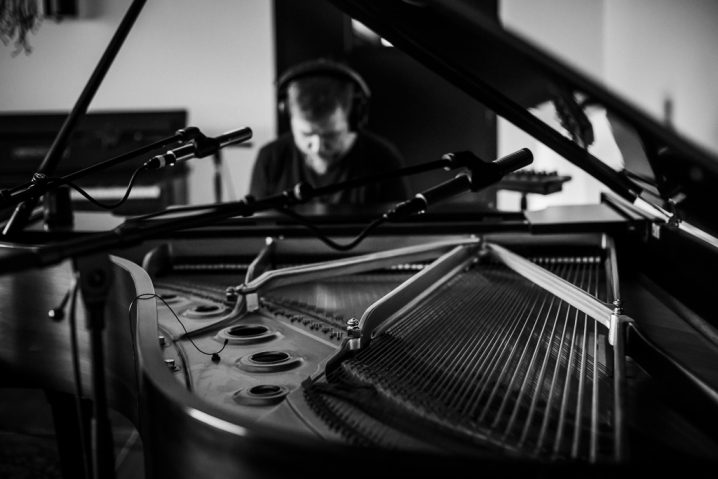
Do you ever procrastinate? If so, what do you usually find yourself doing during those times?
I definitely do procrastinate… probably more than I should. I always know that I’ve gone too far trying to avoid getting stuff done when I find myself on the web browsing through beautiful vacation spots!
What gets you inspired?
I think words and thoughts are my inspiration. Meaning that I feel like it’s important to form thoughts and even verbalize ideas about what you’re going to create, in a way, it’s like the logical mind needs to give the creative mind some concrete instructions, and when they’re in sync, the magic happens. I also find that traveling to new places inspires me, but maybe that’s more about resting the mind…
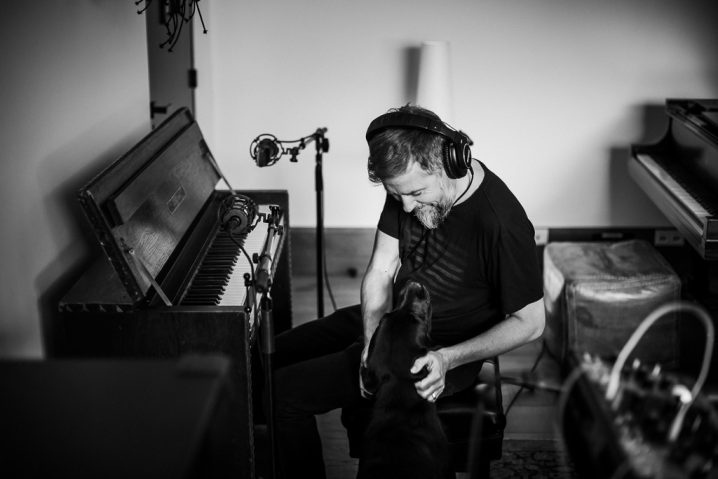
And finally, what are your thoughts on the state of “electronic music” today?
I don’t know if I’m really qualified to answer that question, but it seems to me that a great majority of the music people listen to in the world today is probably in some fashion “electronic,” especially pop music. I’m mostly drawn to incorporating electronic sounds into a broader palette, and in a way, to me, the state of electronic music today is that it has become mainstream.
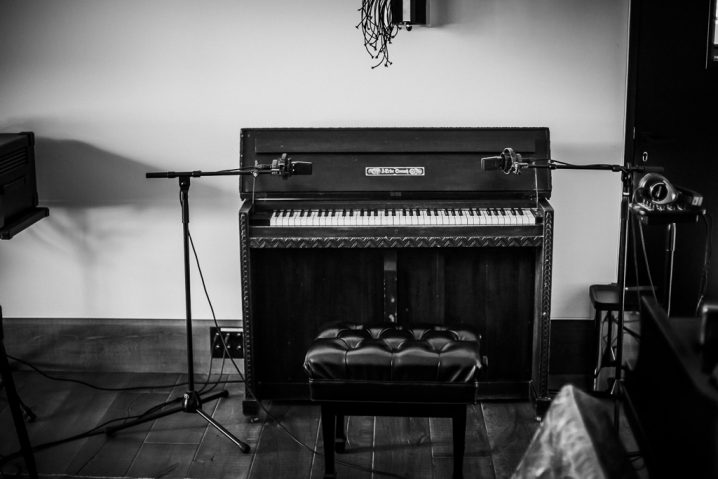
Photos © Daníel Starrason
